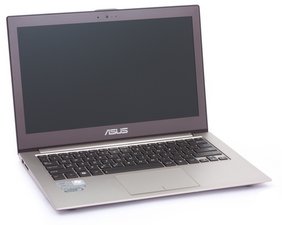Hi @angelhappy43 ,
Repairing electronic devices from liquid damage can be problematic and it comes down to economics.
Is trying to repair the laptop worth the cost of the repair, given that it may not succeed? It may end up costing more than a new unit i.e. parts may have to be replaced as they cannot be repaired e.g. motherboard, keyboard etc.
If they can fix it then it will look no different than before as long as they are professional repairers who take care when opening laptops and do not cosmetically damage the outside in the process.
You may wish to have the SSD removed (hopefully it has also not been damaged) so as to retain your data in case the laptop cannot be successfully or economically repaired.
If the device was powered off, and the battery removed and then the laptop opened up, inspected and cleaned appropriately using either Isopropyl Alcohol 99.9%+ or immersed in an ultra sonic bath as soon as possible, then there is a chance that it might be saved.
The impurities in the water create paths for the electricity which were not in the operating design and this causes damage to the components.
There is also the electrolysis effect of different metals and water when electricity is present and this can cause corrosion which again further damages the components. The corrosion is ongoing until it has been cleaned away even if the power is removed.
Rice does nothing to fix the problems caused by corrosion. This link may be of some interest.
Don't Put Your Device in Rice. Here's Why....
The unfortunate part with newer laptops is that you cannot totally disconnect the power from the motherboard just by turning off the laptop. The power button is not a power isolating button, it is merely a switch that momentarily operates to send a signal to the BIOS to either turn on or turn off, so obviously there is still power there. The only way to do it is to open the laptop and disconnect the battery
Hopefully this may be of some help
Bu yanıt yardımcı oldu mu?
Oy verildi
Geri al
Puan
1
İptal
Bu yoruma uygun yeri bulmak için bu konuyu kaydırın. Ardından, taşımak için "Bu yazıya yorum ekle"ye tıklayın.


 2
2  1
1 
 1,5b
1,5b 
